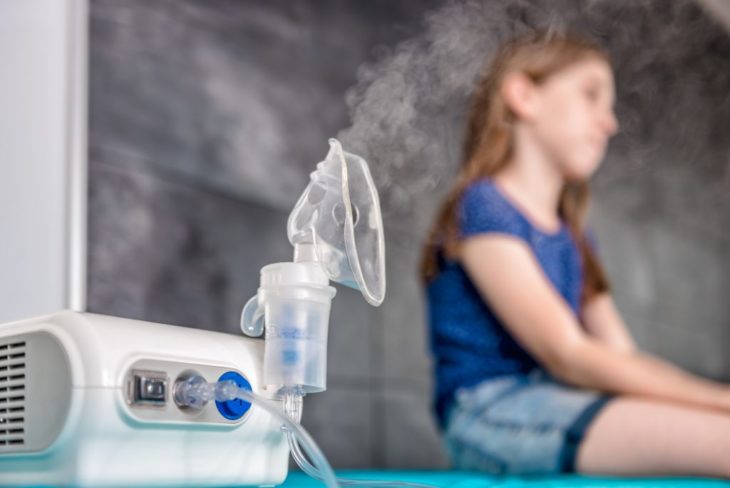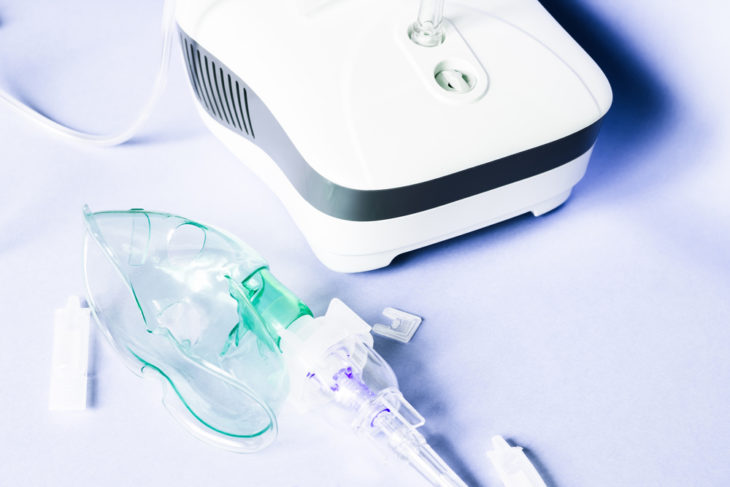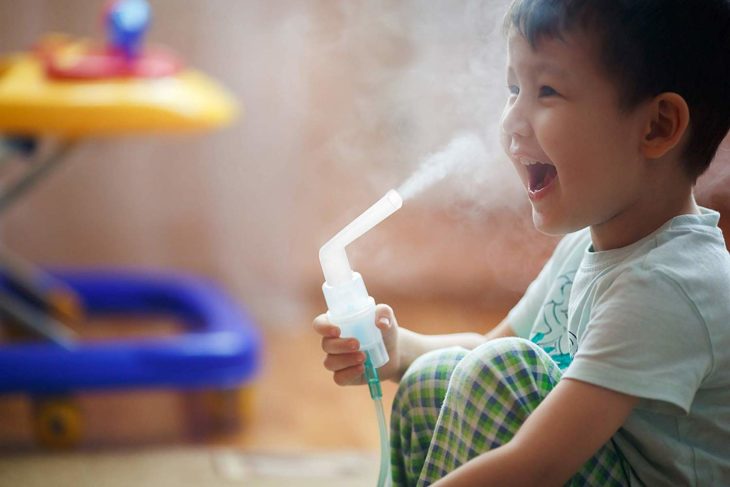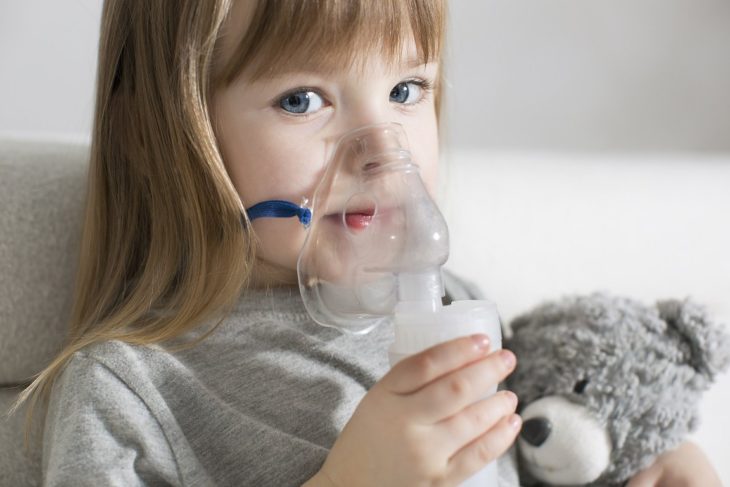Asthma and respiratory conditions are relatively common, particularly in children. These conditions affect a large percentage of the population and are one of the main causes of school absenteeism. Repository ailments are also a major medical expense. A good nebulizer can help treat these conditions. The key is knowing how to choose the right model. The selection of the best one for kids you can find here. But first, let’s take a look at the important details you need to know about it.
Contents
What is a nebulizer?
Quite simply, it is a device that changes liquid medicine into a fine mist. This allows the patient to inhale the medication directly into the lungs. It is similar to an inhaler, although it is more effective and can deliver a more consistent dose over a longer period of time. Nebulizers are also easier for children and the elderly to use.

Source: Ser Saludables
What are nebulizers used for?
They are used to treat a wide range of respiratory conditions. While asthma is probably the most common use, they are also used for chronic obstructive pulmonary disease (COPD), cystic fibrosis, bronchitis, and bronchiolitis. Those are all lower respiratory tract conditions that require smaller particles to be released.
They are also sometimes used for upper respiratory tract conditions such as chronic sinusitis or rhinitis. These do not require such small particles.
How to choose the best?
There are a few important factors to consider when selecting:
Types
There are home and portable models. A portable one is relatively compact and runs on batteries. Home nebulizers are bulkier and need to be connected to an electrical outlet.
Which type is best for you? This is one of the first decisions that has to be made. Consider where and how the nebulizer will be used to purchase the most suitable option.

Source: potentiel
Design
There are three main designs:
- Jet (Compressor)
These work on compressed air to convert the medication into a fine mist. They are generally quite large and need a power source for electricity. They are durable and offer a range of particle sizes. Jet ones tend to be a bit noisier than other options.
- Ultrasonic
On these models, high-frequency ultrasonic waves (vibrations) are used to create the fine mist. The design allows them to be compact and portable. They make less noise and are fast and effective. They are not, however, suitable for all medication as there is some heat transfer during the process.
- Mesh
These work quickly using a vibrating membrane to create a fine mist. They are generally light and portable units that are battery-powered. They are also extremely easy to use.

Source: Amazon
Other considerations
- Suitability
You will have to match your choice of the nebulizer with the doctor’s recommendations, and the medication your children or you are prescribed (read through the package leaflet to find this information). Different medications or conditions will require different ones.
- Size
There are adult-sized one as well as those designed specifically for children. The children’s sizes often have fun designs or bright colors. This might make treatment easier for them.
- Noise
Check the noise level. Some models can be rather loud, so investigate this and give it some thought before deciding on a nebulizer.
- Quality
As this is an important medical device, you want to ensure you go for the best quality available. That does not mean you have to select the most expensive one but do not go for a bargain discount option before considering its pros and cons.

Source: Twitter
Final thoughts
Selecting the right nebulizer is essential. Do your homework to ensure that it is the right type for the medication used; otherwise, it simply will not be effective. It obviously has to fit in your budget but get one that is effective for purpose, durable, and good quality.
